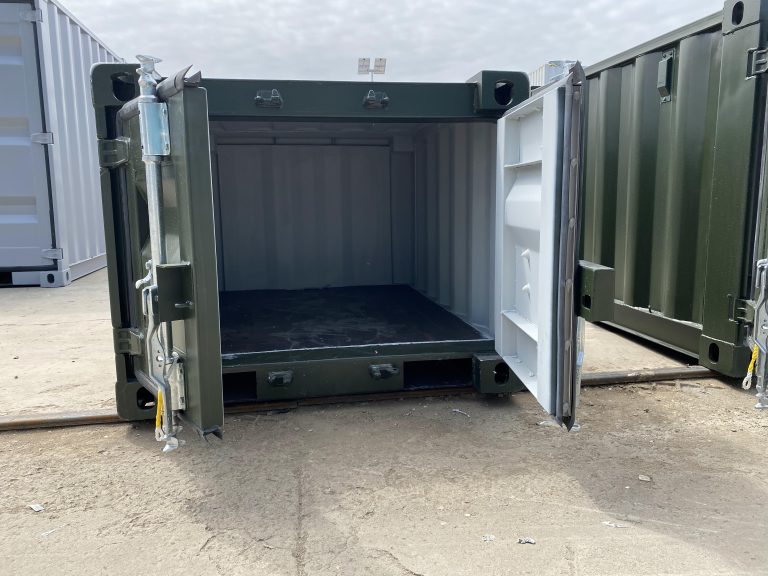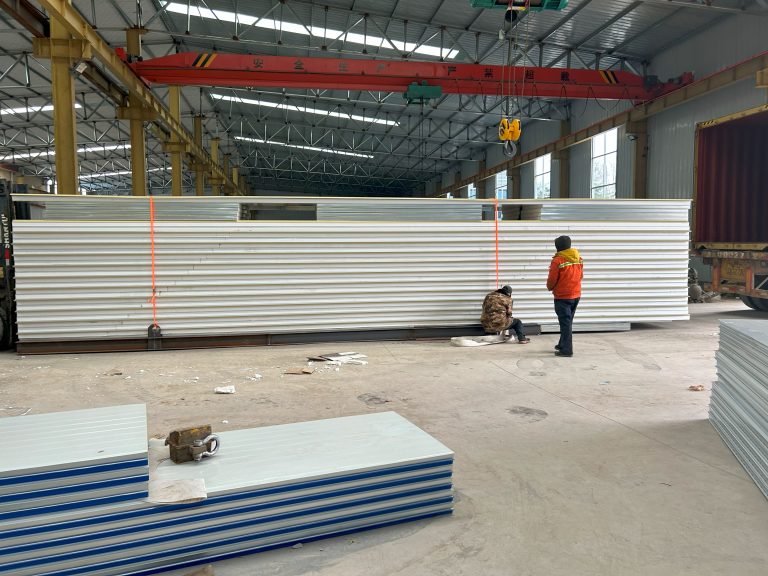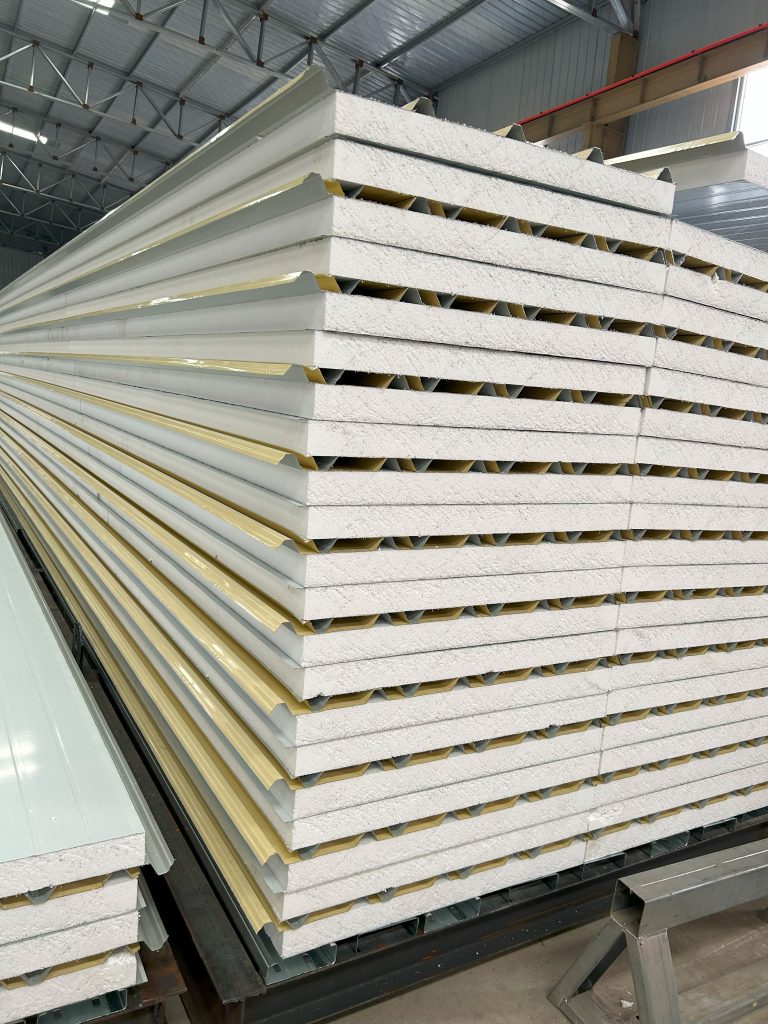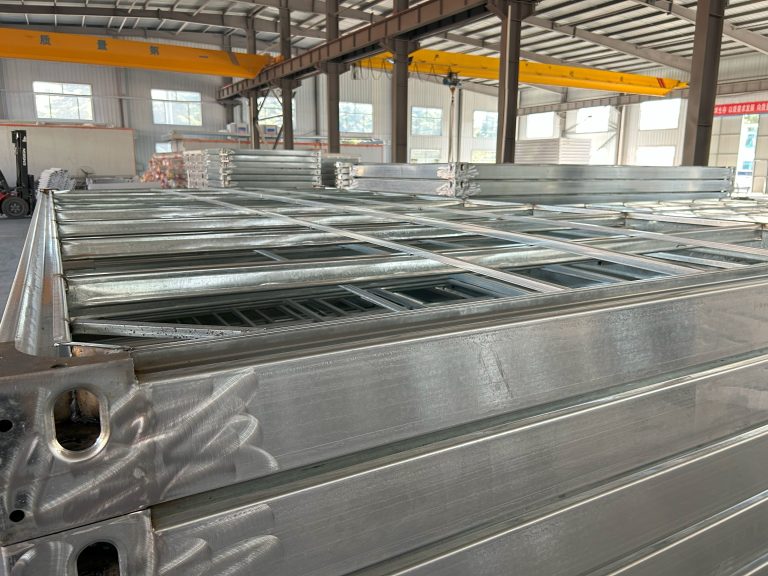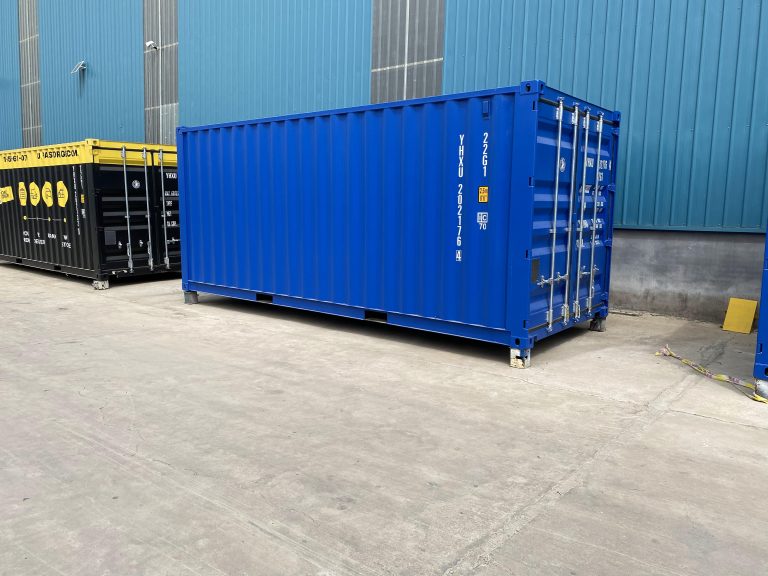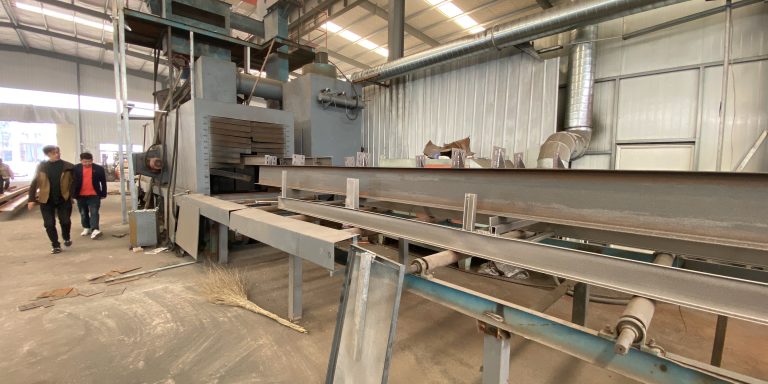Design and performance evaluation of solar photovoltaic systems with steel frames
Steel Frames: A Key Component in Solar Photovoltaic System Design and Performance Evaluation
Solar photovoltaic systems have become increasingly popular as a sustainable and renewable energy source. These systems convert sunlight into electricity through the use of solar panels, which are typically mounted on steel frames. Steel frames play a crucial role in the design and performance evaluation of solar photovoltaic systems, as they provide structural support and stability for the panels.
One of the key factors to consider when designing a solar photovoltaic system is the material used for the frame. Steel frames are a popular choice due to their strength, durability, and resistance to corrosion. Steel frames are able to withstand harsh weather conditions, such as high winds and heavy snow loads, making them ideal for outdoor installations.
In addition to their durability, steel frames are also cost-effective and easy to install. Steel is a readily available material that can be easily fabricated and assembled on-site. This makes steel frames a practical choice for solar photovoltaic systems, as they can be quickly and efficiently installed, reducing overall project costs.
When evaluating the performance of a solar photovoltaic system, the design of the steel frame plays a critical role. The orientation and tilt angle of the solar panels are important factors to consider when maximizing energy production. Steel frames allow for flexibility in panel placement, allowing for optimal positioning to capture the most sunlight throughout the day.
Furthermore, steel frames can be designed to accommodate different types of solar panels, such as monocrystalline or polycrystalline panels. The design of the frame must be able to support the weight of the panels and withstand the forces exerted by wind and other environmental factors. Steel frames are able to provide the necessary structural support to ensure the longevity and performance of the solar photovoltaic system.
In addition to structural support, steel frames also play a role in the overall efficiency of the solar photovoltaic system. The design of the frame can impact the amount of shading on the panels, which can reduce energy production. By carefully designing the steel frame to minimize shading, the system can maximize energy output and overall performance.
Another important consideration when evaluating the performance of a solar photovoltaic system with steel frames is maintenance. Steel frames are low maintenance and require minimal upkeep over their lifespan. Regular inspections and cleaning of the panels are necessary to ensure optimal performance, but the steel frame itself is durable and resistant to corrosion, reducing the need for frequent maintenance.
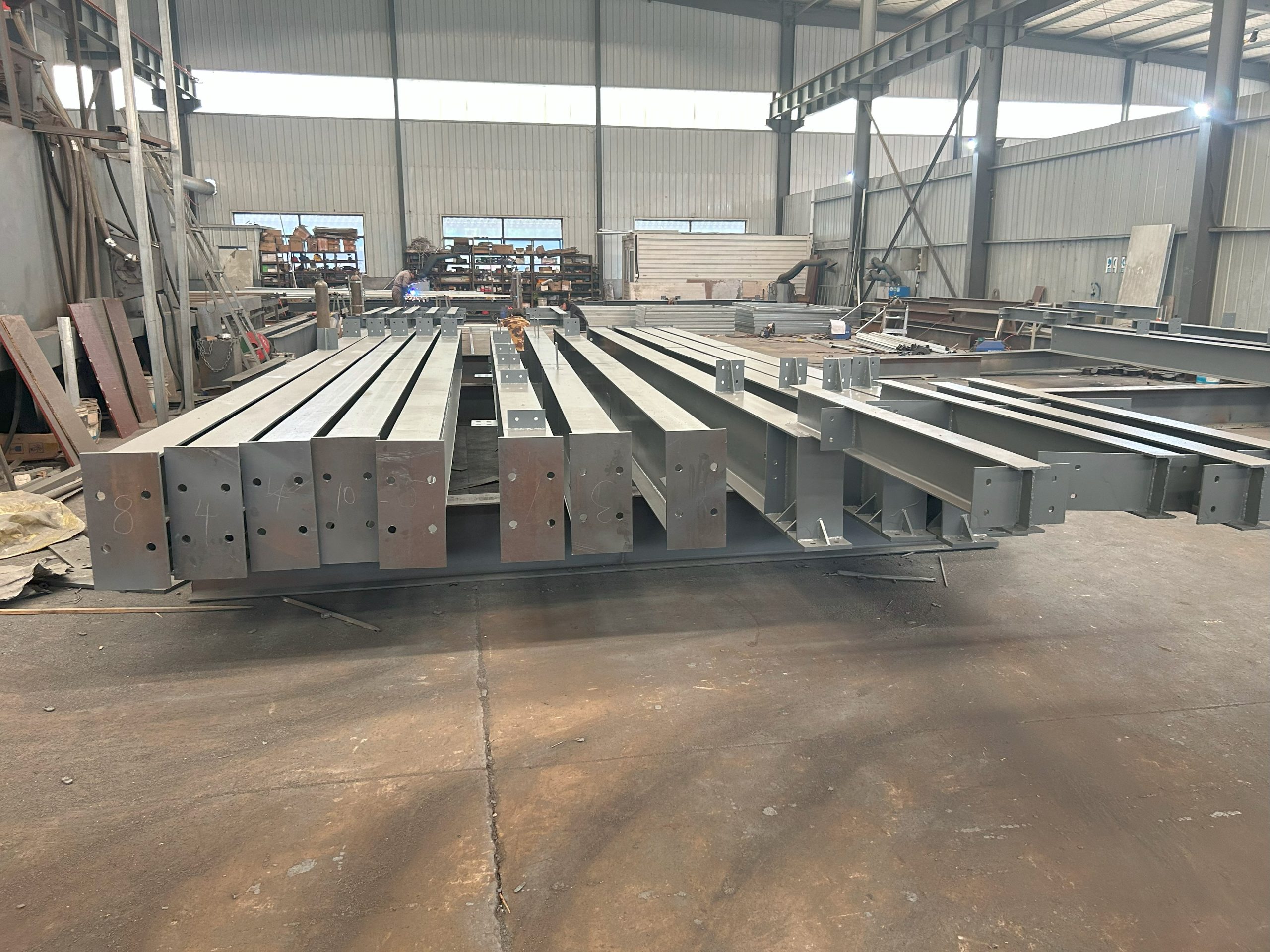
In conclusion, steel frames are a key component in the design and performance evaluation of solar photovoltaic systems. Their strength, durability, and cost-effectiveness make them an ideal choice for supporting solar panels in outdoor installations. The design of the steel frame plays a critical role in maximizing energy production and efficiency, while also providing structural support and stability for the system. Overall, steel frames are an essential element in the success of solar photovoltaic systems, helping to harness the power of the sun and provide clean, renewable energy for years to come.

